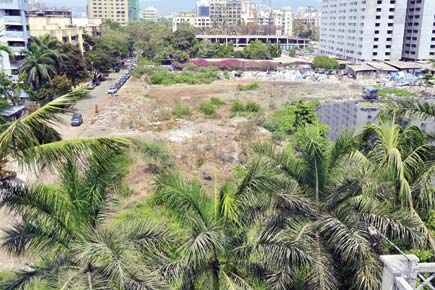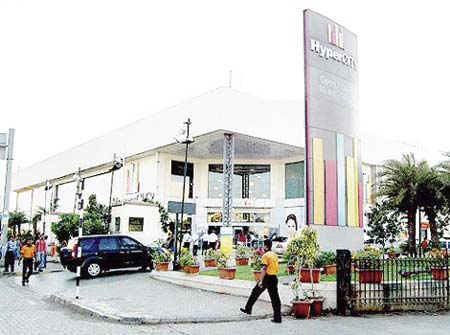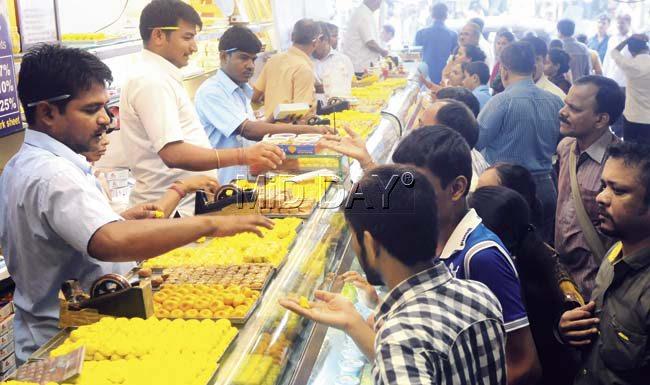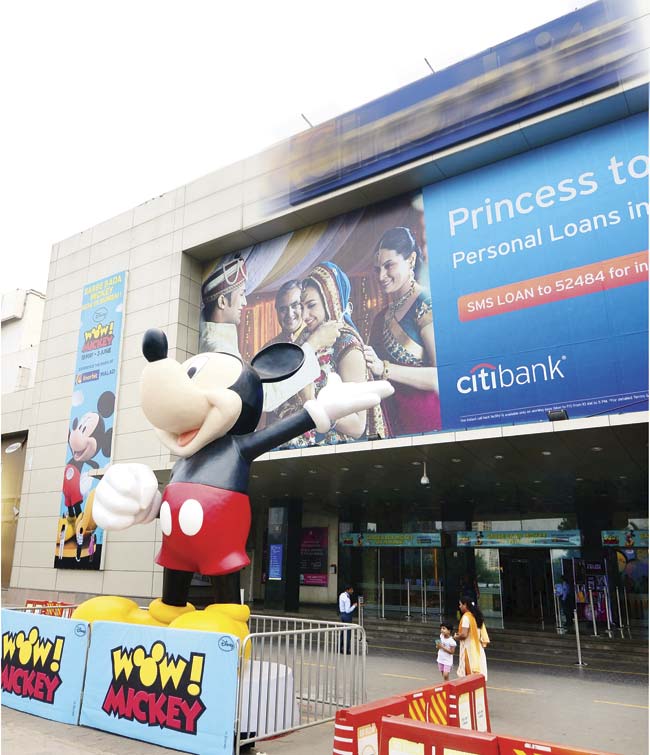Call centres and malls have changed the face of this suburb, feel residents who despite bad roads and shrinking open spaces, think it’s all the way up in the future

 From being a marshy land to the hub of Mumbai’s night life, Malad has come a long way. Arpi Gangar, a resident, says, “I have seen a drastic change in the place in the last 20 years. I cannot associate the Malad of today with the place I grew up in. The small huts and houses have all gone. There are skyscrapers all around.”
From being a marshy land to the hub of Mumbai’s night life, Malad has come a long way. Arpi Gangar, a resident, says, “I have seen a drastic change in the place in the last 20 years. I cannot associate the Malad of today with the place I grew up in. The small huts and houses have all gone. There are skyscrapers all around.”

The mangroves are decreasing and high rises are increasing in Malad. Pic/Prashant Waydande
ADVERTISEMENT
Sophisticated
The 20-year-old goes on to add, “The standard of living of the people here has gone up. Some of the best schools, malls and shopping spaces have come up, here. Now, Malad can be compared to Bandra which is considered to be the coolest Western suburb.”

Many people love the food courts and shopping options
Agreeing with her, media professional and resident Kartik Bavisi says, “Call centres which provide employment to a large number of people in Mumbai have their offices here. Malad is a lovely area with gardens, malls and high rises all around. The call centres have brought a nice, young and lively culture to the place.”

MM Mithaiwala outside Malad station (W) is an iconic eatery, according to many. Pic/Nimesh Dave
According to resident Nikita Shah, Malad has become a modern locality with malls and towers all around. She says, “Though we have these signs of modernisation all around, I miss the feeling of being close to nature and the greenery that was there. Mangroves and trees have been cut to make way for these.”

Malad is known for the malls that have sprung up here
Flip side
“Chain snatching and robberies are on the rise in Malad. There is this huge divide that has developed. On one side, there are the haves who are extremely rich and live in the high rises and on the other side there are the have-nots who live in the slums.
As a result, thefts are on the rise,” says resident Dharmik Mehta. Gangar says about the roads, “There are too many potholes. And open spaces are shrinking. If children want to play, they have no ground available. Driving on the bad roads is a back-breaking experience.”
Bavisi also feels that the roads in Malad need to improve. He points out, “Most roads in the city suffer from pothole woes during the monsoon. But Malad has the notorious record of having bumpy roads even when it doesn’t rain. The internal traffic makes me see red every day.”
Love living
Malad’s iconic place in Shah’s view is the Mindspace Mall. She says, “I like the way the area has developed. There are many open spaces there and it is a great place for people to spend time with their families. MM Mithaiwala near the station is a landmark.
Many of my friends equate Malad with these two places.” Orlem Circle for Bavisi is Malad’s most iconic place. He says, “Orlem is the happening place in Malad. It is what Lokhandwala is to Andheri and what Carter Road is to Bandra. I like spending time there.”
For Mehta, the beaches make Malad a favourite with picnickers and is a boon for locals too. He says, “As youngsters, we can easily go to Aksa, Madh and Marve beaches from Malad. Hanging out on the beach and going for picnics adds colour to life in Malad.”
Looking ahead
Gangar is positive about the future of Malad. She says, “The hi-fi level that Malad has managed to reach in the last few years makes me confident that it will be the next Bandra. The real estate of Malad will also zoom.”
Bavisi sees many positives for Malad but he feels that a cultural program in the future like the Khala Ghoda Festival and Celebrate Bandra will be enriching. He says, “Malad has a rich culture which we need to celebrate creatively.
I am hoping that in the next five to 10 years, we will have a celebration that makes all the people of the area come together, bond and celebrate the community and lifestyle of Malad with tributes to the modern as well as the traditional.”
As a sign-off, Mehta says rather wishfully, “The slums will all disappear hopefully, and Malad will be a safer place to live in. There will be more towers, and celebrities as well as other rich people who live in Bandra, SoBo and Juhu will all be living in Malad.”
This is the fourth part of our weekly series on different areas in Mumbai, through the lens of the locals
 Subscribe today by clicking the link and stay updated with the latest news!" Click here!
Subscribe today by clicking the link and stay updated with the latest news!" Click here!







